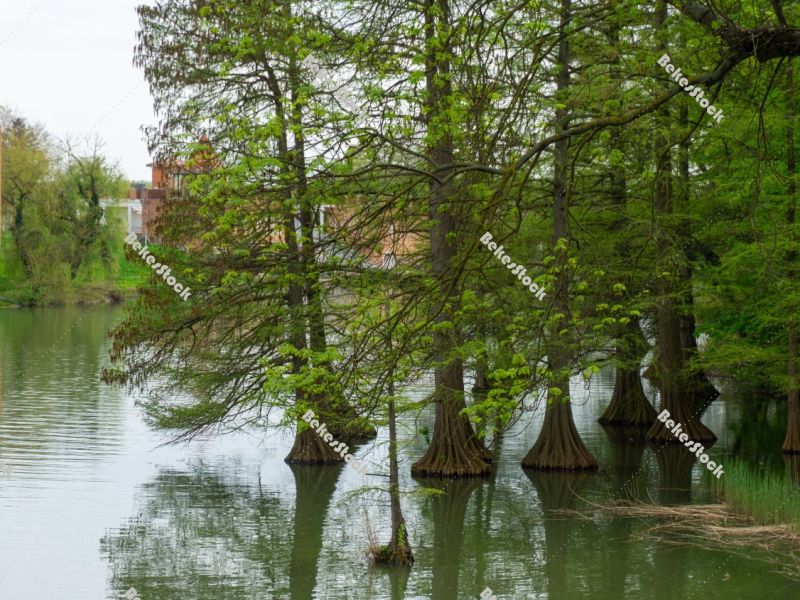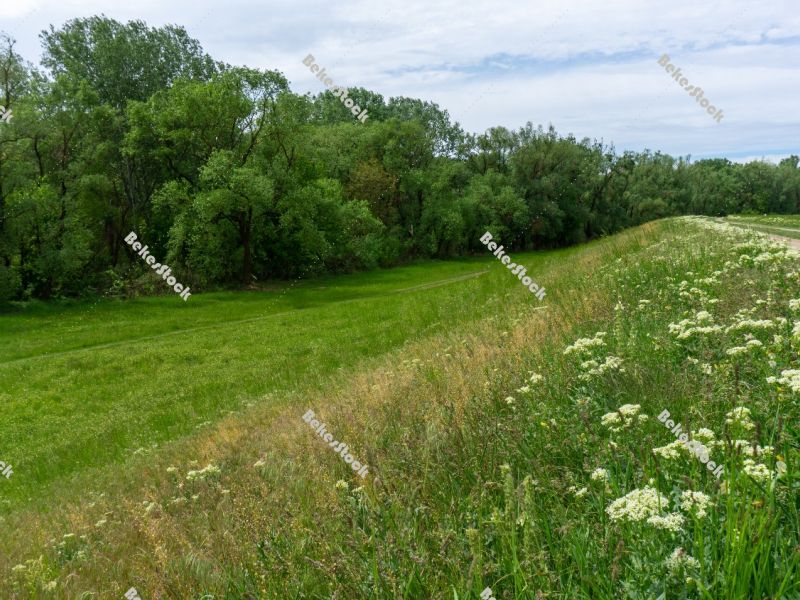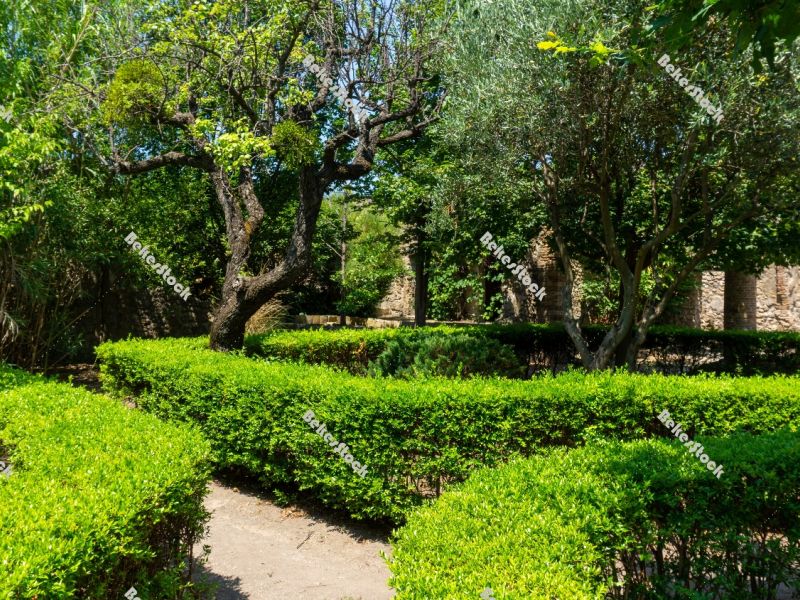Image Tags - cultivated
-
View from the dam of the Kettos-Koros river - spring in Hungary View from the dam of the Kettos-Koros river - spring in Hungary
View from the dam - embankment - of the Kettos-Koros river. In the foreground the winding dirt road, in the background the freshly cultivated field in the spring - Bekes, Bekes county, Hungary, May 2020
grass spring green background flowers cloudy sky dike dam dyke wild digue may county view landscape koros river flower rampart sky bekes county cultivated folyo hungary koros folyo meadows hungarian kettos-koros perineum river cloud nature fields embankment dirt road bloom bekes riverside field békésmegye békésváros magyarországView from the dam - embankment - of the Kettos-Koros river. In the foreground the winding dirt road, in the background the freshly cultivated field in the spring - Bekes, Bekes county, Hungary, May 2020
grass spring green background flowers cloudy sky dike dam dyke wild digue may county view landscape koros river flower rampart sky bekes county cultivated folyo hungary koros folyo meadows hungarian kettos-koros perineum river cloud nature fields embankment dirt road bloom bekes riverside field békésmegye békésváros magyarország -
Bald cypress (Taxodium distichum) in the waters of the Szarvas-H Bald cypress (Taxodium distichum) in the waters of the Szarvas-H
Bald cypress (Taxodium distichum) in the waters of the Szarvas-Holt-Körös river in Szarvas. Taxodium distichum is a deciduous conifer in the family Cupressaceae. It is native to the southeastern United States. Hardy and tough, this tree adapts to a wide range of soil types, whether wet, salty, dry, or swampy. It is noted for the russet-red fall color of its lacy needles. This plant has some cultivated varieties and is often used in groupings in public spaces. Common names include bald cypress, swamp cypress, white cypress, tidewater red cypress, gulf cypress and red cypress. The bald cypress was designated the official state tree of Louisiana in 1963. Szarvas, Bekes county (Bekes megye), Hungary, May 2021. @bekesstock @csabaprog
hungary csabaprog koros folyo water szarvastown bekes county bekesstock plant wild morass tree cupressaceae outdoors distichum bekes view cypress landscape 2021 branch taxodium garden szarvas town river green reflection nature travel forest swamp spring may park szarvas bekes megye szarvasvaros bog szarvasvárosBald cypress (Taxodium distichum) in the waters of the Szarvas-Holt-Körös river in Szarvas. Taxodium distichum is a deciduous conifer in the family Cupressaceae. It is native to the southeastern United States. Hardy and tough, this tree adapts to a wide range of soil types, whether wet, salty, dry, or swampy. It is noted for the russet-red fall color of its lacy needles. This plant has some cultivated varieties and is often used in groupings in public spaces. Common names include bald cypress, swamp cypress, white cypress, tidewater red cypress, gulf cypress and red cypress. The bald cypress was designated the official state tree of Louisiana in 1963. Szarvas, Bekes county (Bekes megye), Hungary, May 2021. @bekesstock @csabaprog
hungary csabaprog koros folyo water szarvastown bekes county bekesstock plant wild morass tree cupressaceae outdoors distichum bekes view cypress landscape 2021 branch taxodium garden szarvas town river green reflection nature travel forest swamp spring may park szarvas bekes megye szarvasvaros bog szarvasváros -
Floodplain forest along the Kettos-Koros river - spring in Hunga Floodplain forest along the Kettos-Koros river - spring in Hunga
Floodplain forest along the Kettos-Koros river. Dirt road running on the embankment in the foreground. - Bekes, Bekes county, Hungary, May 2020
hungary spring meadows kettos-koros nature perineum dam forests dirt road wild digue may county floodplain forest landscape sky koros river flower view rampart cultivated floodplain dike embankment dyke flowers forest grass hungarian bekes county green background river cloud cloudy sky fields koros folyo bekes bloom riverside folyo field békésmegye békésváros magyarországFloodplain forest along the Kettos-Koros river. Dirt road running on the embankment in the foreground. - Bekes, Bekes county, Hungary, May 2020
hungary spring meadows kettos-koros nature perineum dam forests dirt road wild digue may county floodplain forest landscape sky koros river flower view rampart cultivated floodplain dike embankment dyke flowers forest grass hungarian bekes county green background river cloud cloudy sky fields koros folyo bekes bloom riverside folyo field békésmegye békésváros magyarország -
Botanical Garden (`Orto Botanico`) in Pompeii. Pompei, Campania, Botanical Garden (`Orto Botanico`) in Pompeii. Pompei, Campania,
Botanical Garden (`Orto Botanico`) in Pompeii. The Botanical Garden, which is tended to by the Superintendency of Pompeii’s Laboratory of Applied Research, covers an area of over 800m2, where all species which were cultivated in the ancient city are featured today, including: fruit trees and sacred, medicinal and textile plants, as well as vegetables. The Garden also features varied routes divided by theme. Pompeii was an ancient city located in what is now the comune of Pompei near Naples in the Campania region of Italy. Pompeii, along with Herculaneum and many villas in the surrounding area, was buried under 4 to 6 m of volcanic ash and pumice in the eruption of Mount Vesuvius in AD 79 (1st century). Pompei, Naples (Napoli), Campania, Italy, July 2020. @csabaprog
csabaprog decay botanico city tourist architectural sightseeing italian empire naples paved vesuvious building vesuvius orto old landmark excavation vacation town eruption rome historical disaster ruins 1st house botanical archaeology fruit demolished sunny catastrophe destroyed volcano trees roman tree journey trip vesuvio archeological ruined napoli europe scenary mount architecture vegetables died overlooked century mediterranean ash houses history colorful ancient garden famous buried unesco excursion beautiful travel historic plants romanesque remains park stone tourism landscape medicinal italyBotanical Garden (`Orto Botanico`) in Pompeii. The Botanical Garden, which is tended to by the Superintendency of Pompeii’s Laboratory of Applied Research, covers an area of over 800m2, where all species which were cultivated in the ancient city are featured today, including: fruit trees and sacred, medicinal and textile plants, as well as vegetables. The Garden also features varied routes divided by theme. Pompeii was an ancient city located in what is now the comune of Pompei near Naples in the Campania region of Italy. Pompeii, along with Herculaneum and many villas in the surrounding area, was buried under 4 to 6 m of volcanic ash and pumice in the eruption of Mount Vesuvius in AD 79 (1st century). Pompei, Naples (Napoli), Campania, Italy, July 2020. @csabaprog
csabaprog decay botanico city tourist architectural sightseeing italian empire naples paved vesuvious building vesuvius orto old landmark excavation vacation town eruption rome historical disaster ruins 1st house botanical archaeology fruit demolished sunny catastrophe destroyed volcano trees roman tree journey trip vesuvio archeological ruined napoli europe scenary mount architecture vegetables died overlooked century mediterranean ash houses history colorful ancient garden famous buried unesco excursion beautiful travel historic plants romanesque remains park stone tourism landscape medicinal italy -
Botanical Garden (`Orto Botanico`) in Pompeii. Pompei, Campania, Botanical Garden (`Orto Botanico`) in Pompeii. Pompei, Campania,
Botanical Garden (`Orto Botanico`) in Pompeii. The Botanical Garden, which is tended to by the Superintendency of Pompeii’s Laboratory of Applied Research, covers an area of over 800m2, where all species which were cultivated in the ancient city are featured today, including: fruit trees and sacred, medicinal and textile plants, as well as vegetables. The Garden also features varied routes divided by theme. Pompeii was an ancient city located in what is now the comune of Pompei near Naples in the Campania region of Italy. Pompeii, along with Herculaneum and many villas in the surrounding area, was buried under 4 to 6 m of volcanic ash and pumice in the eruption of Mount Vesuvius in AD 79 (1st century). Pompei, Naples (Napoli), Campania, Italy, July 2020. @csabaprog
csabaprog decay botanico city tourist architectural sightseeing italian empire naples paved vesuvious building vesuvius orto old landmark excavation vacation town eruption rome historical disaster ruins 1st house botanical archaeology fruit demolished sunny catastrophe destroyed volcano trees roman tree journey trip vesuvio archeological ruined napoli europe scenary mount architecture vegetables died overlooked century mediterranean ash houses history colorful ancient garden famous buried unesco excursion beautiful travel historic plants romanesque remains park stone tourism landscape medicinal italyBotanical Garden (`Orto Botanico`) in Pompeii. The Botanical Garden, which is tended to by the Superintendency of Pompeii’s Laboratory of Applied Research, covers an area of over 800m2, where all species which were cultivated in the ancient city are featured today, including: fruit trees and sacred, medicinal and textile plants, as well as vegetables. The Garden also features varied routes divided by theme. Pompeii was an ancient city located in what is now the comune of Pompei near Naples in the Campania region of Italy. Pompeii, along with Herculaneum and many villas in the surrounding area, was buried under 4 to 6 m of volcanic ash and pumice in the eruption of Mount Vesuvius in AD 79 (1st century). Pompei, Naples (Napoli), Campania, Italy, July 2020. @csabaprog
csabaprog decay botanico city tourist architectural sightseeing italian empire naples paved vesuvious building vesuvius orto old landmark excavation vacation town eruption rome historical disaster ruins 1st house botanical archaeology fruit demolished sunny catastrophe destroyed volcano trees roman tree journey trip vesuvio archeological ruined napoli europe scenary mount architecture vegetables died overlooked century mediterranean ash houses history colorful ancient garden famous buried unesco excursion beautiful travel historic plants romanesque remains park stone tourism landscape medicinal italy
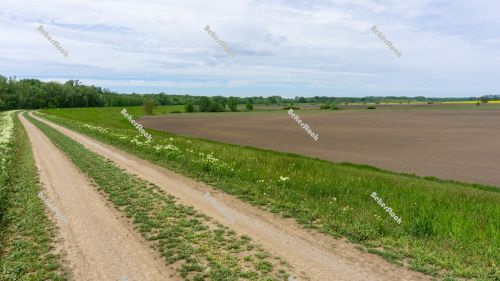
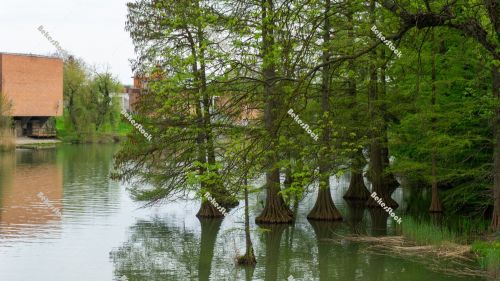
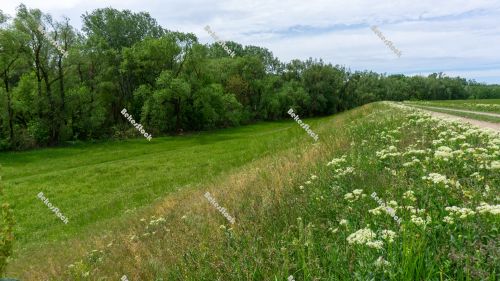
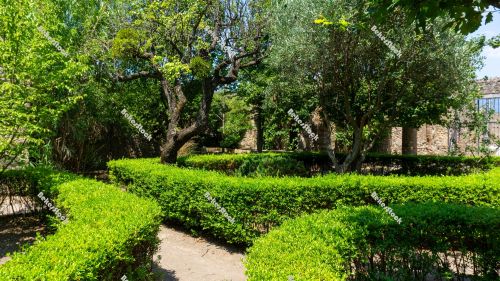
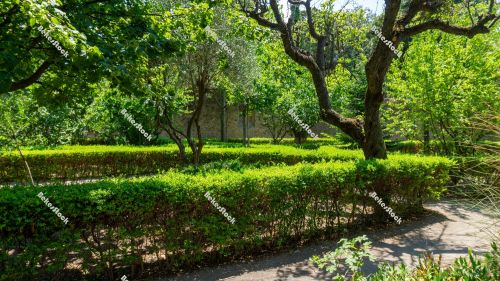
-
 View from the dam of the Kettos-Koros river - spring in Hungary
View from the dam of the Kettos-Koros river - spring in Hungary -
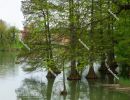 Bald cypress (Taxodium distichum) in the waters of the Szarvas-H
Bald cypress (Taxodium distichum) in the waters of the Szarvas-H -
 Floodplain forest along the Kettos-Koros river - spring in Hunga
Floodplain forest along the Kettos-Koros river - spring in Hunga -
 Botanical Garden (`Orto Botanico`) in Pompeii. Pompei, Campania,
Botanical Garden (`Orto Botanico`) in Pompeii. Pompei, Campania, -
 Botanical Garden (`Orto Botanico`) in Pompeii. Pompei, Campania,
Botanical Garden (`Orto Botanico`) in Pompeii. Pompei, Campania,


